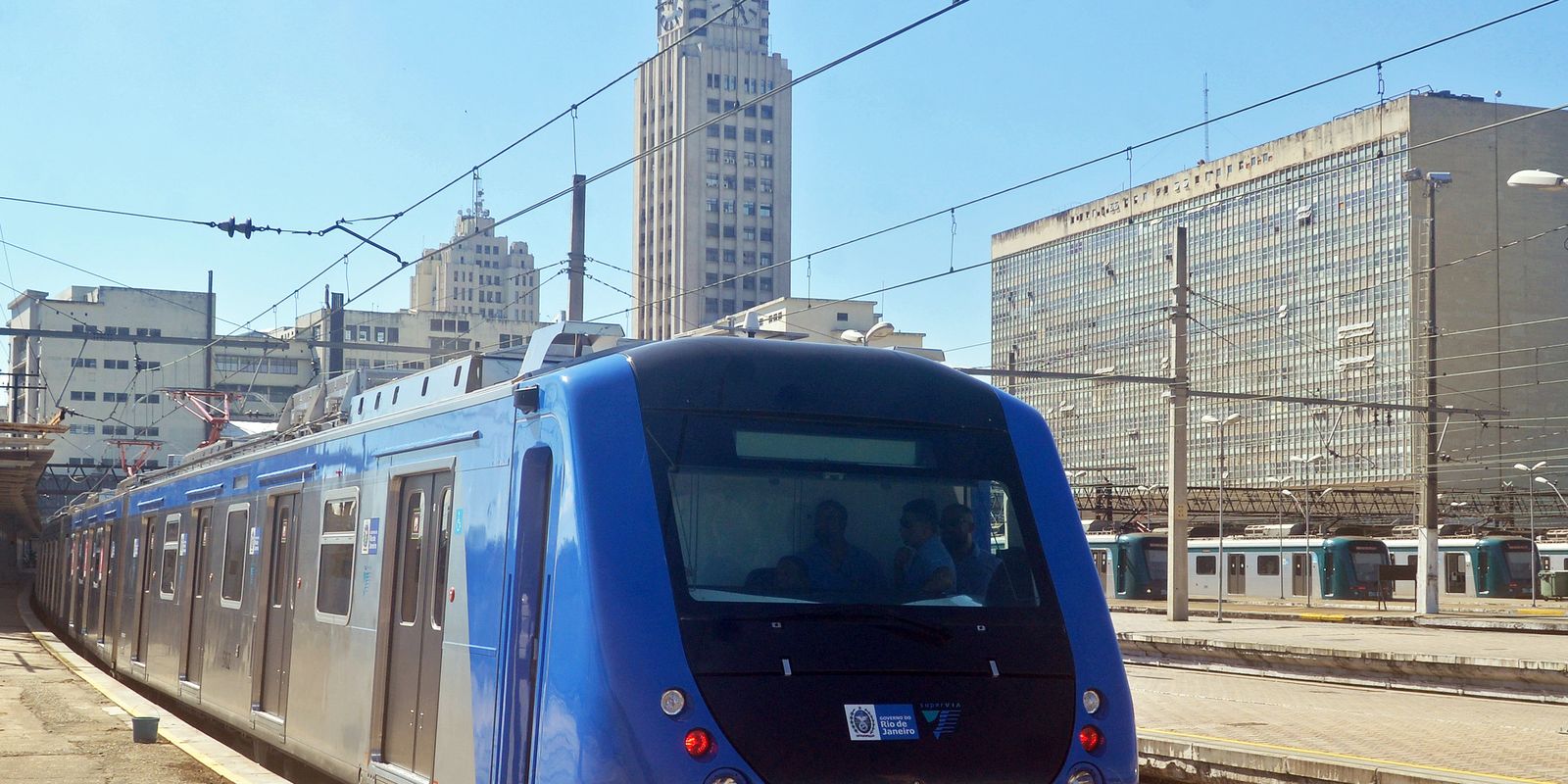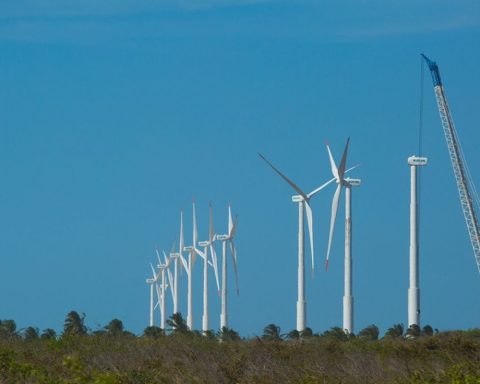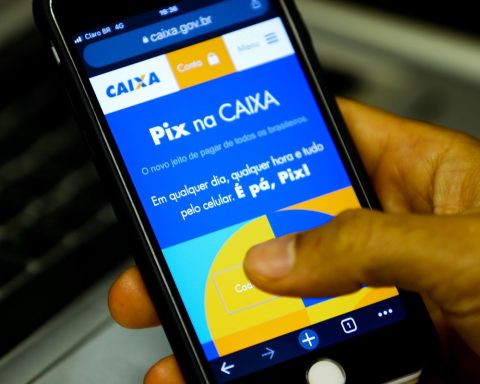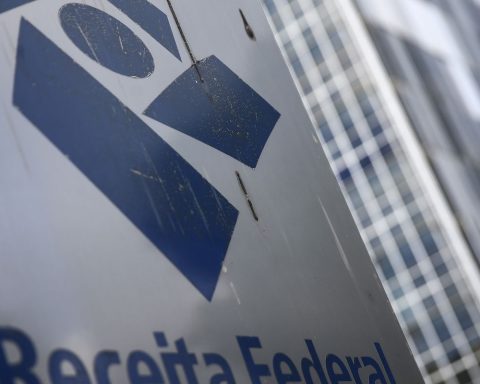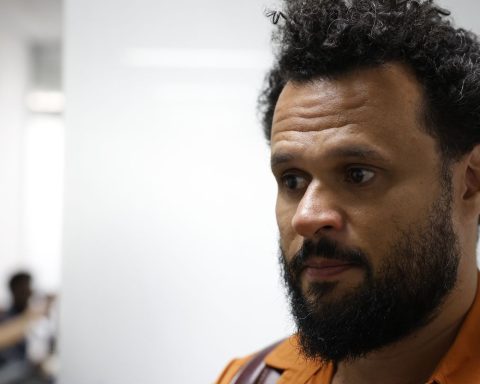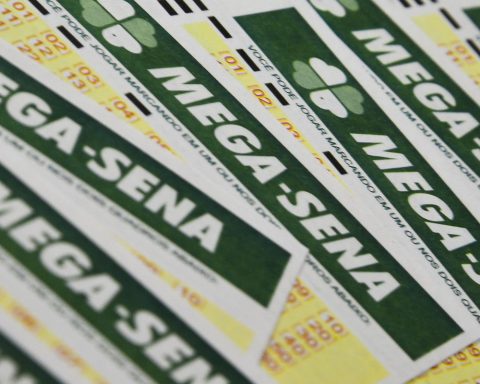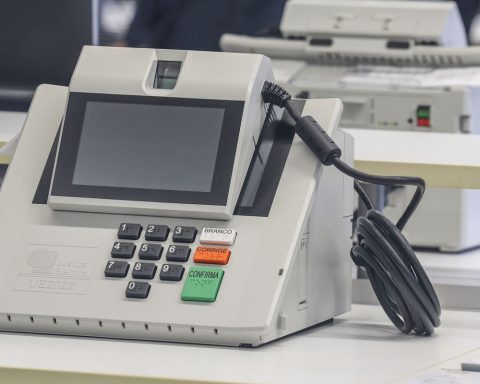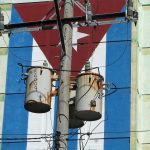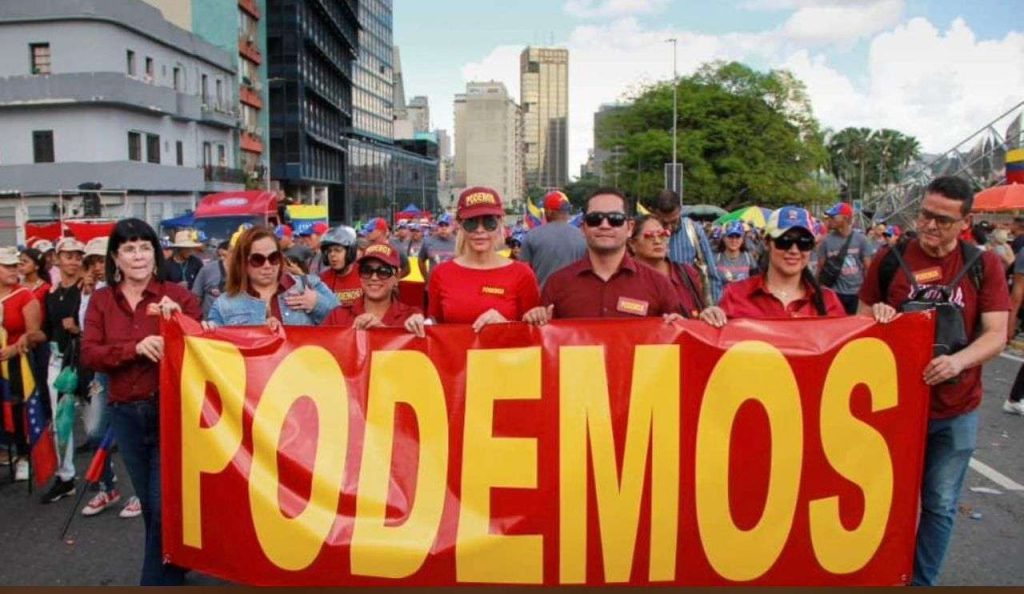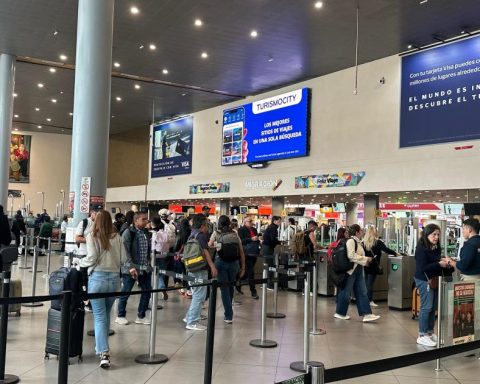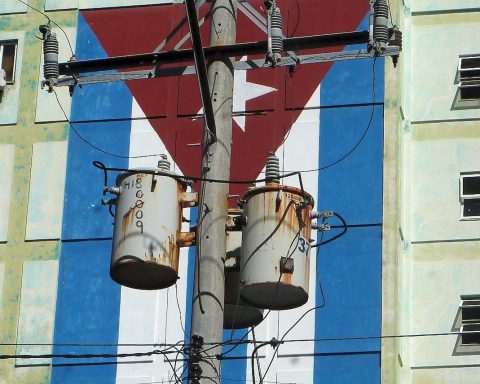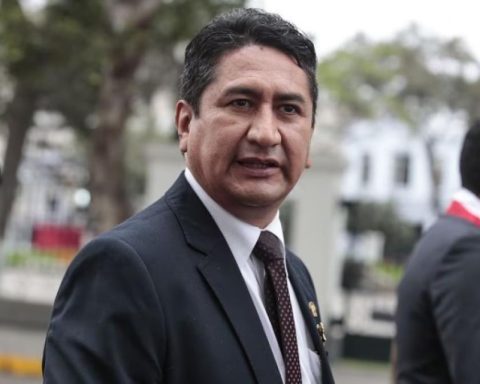Urban train fares in Rio de Janeiro will increase from R$7.10 to R$7.60 from February 2nd. The announcement was made this Thursday (2) by SuperVia, the concessionaire that manages transport.
The adjustment does not reach passengers who are entitled to the Single Intercity Ticket (BUI), restricted to residents of the state with a declared monthly income of less than R$3,205.20, who pay R$5 for the ticket.
According to SuperVia, the tariff that will be in force in February was authorized by the Regulatory Agency for Public Services Granted for Waterway, Rail and Metro Transport and Highways of the State of Rio de Janeiro (Agetransp).
The annual adjustment, of 7.04%, was calculated based on inflation measured by the General Price Index – Market (IGP-M), calculated by Fundação Getulio Vargas, as provided for in the concession contract.
“The tariff adjustment provided for in the contract considers fixed operating costs that were strongly impacted by inflation, such as energy, maintenance of trains and the railway track, acquisition of imported parts and equipment to replace trains, among others”, stated SuperVia in communicated.
Concession
The urban train system in the state of Rio transports around 300,000 passengers per day. The network is made up of 270 kilometers in five branches, three extensions and 104 stations, which reach 12 municipalities in the metropolitan region: Rio de Janeiro, Duque de Caxias, Nova Iguaçu, Nilópolis, Mesquita, Queimados, São João de Meriti, Belford Roxo, Japeri, Magé, Paracambi and Guapimirim. There are 201 trains in operation.
SuperVia entered into judicial recovery in 2021, showing losses reaching R$1.2 billion. At the time, the company claimed that the situation was due to the impacts of the Covid-19 pandemic, the freezing of tariffs and public safety issues, especially the cable theft.
The consortium of Japanese companies that currently control SuperVia has already threatened to return urban trains to operation a few times. The state government and the company reached an agreement, approved in December by the Court of Justice, aiming at the transition of the service until a new tender was held.
Within a period that should last between six and nine months, investments of R$450 million are planned, of which R$300 million will come from the state and R$150 million from the concessionaire.
Most expensive bus
The beginning of the year is seeing adjustments in public transport in Rio de Janeiro. The city hall of the capital published in the Official Gazette this Thursday the decree of Mayor Eduardo Paes that establishes the increase in bus farefrom R$4.30 to R$4.70 from next Sunday (5).
The increase of R$0.40 is equivalent to monetary correction according to the Broad National Consumer Price Index – IPCA – considered the country’s official inflation – referring to the two years in which the tariff remained without adjustment. The last one was in January 2023.
In addition to municipal buses, which includes the BRT (acronym for bus rapid transit, a system of express buses on exclusive roads), the new value will also be valid for the so-called “cabritinhos”, transport in communities using vans and kombis, and the light rail vehicle (VLT).
